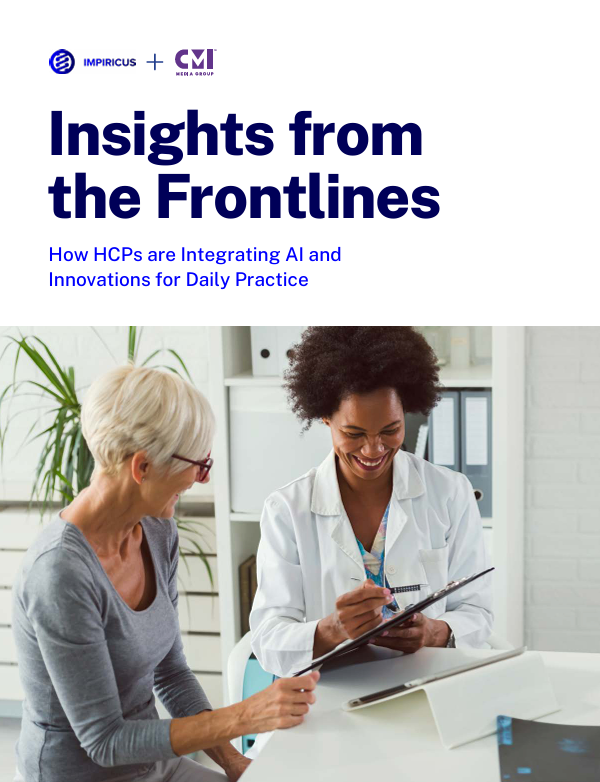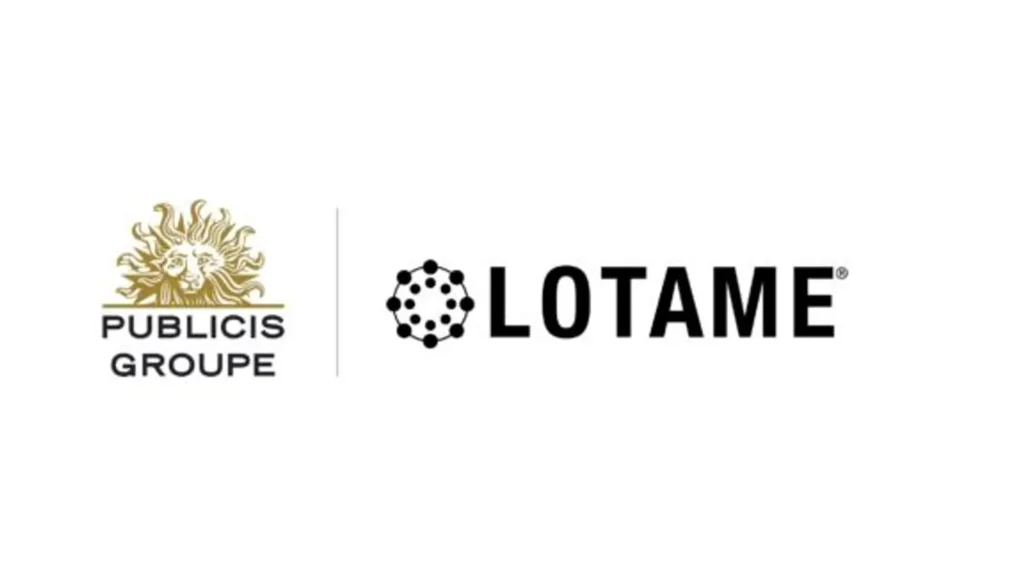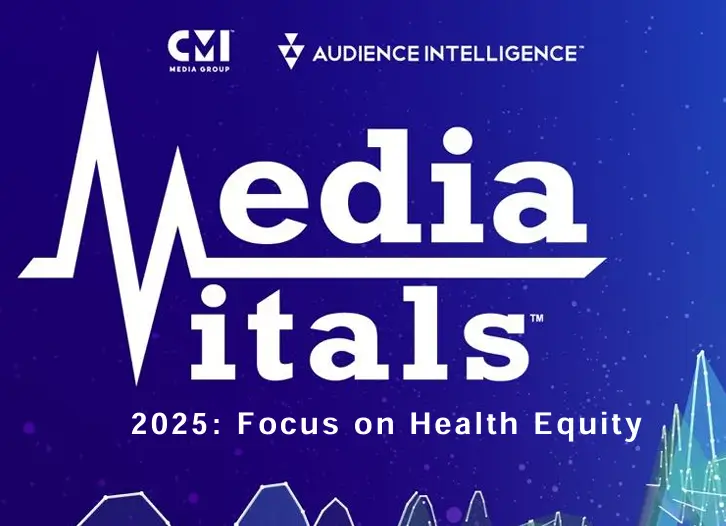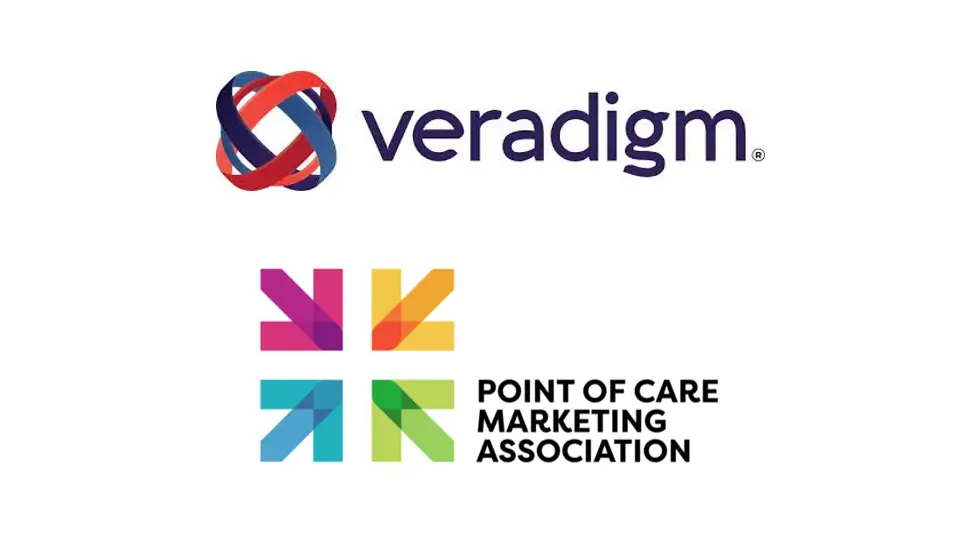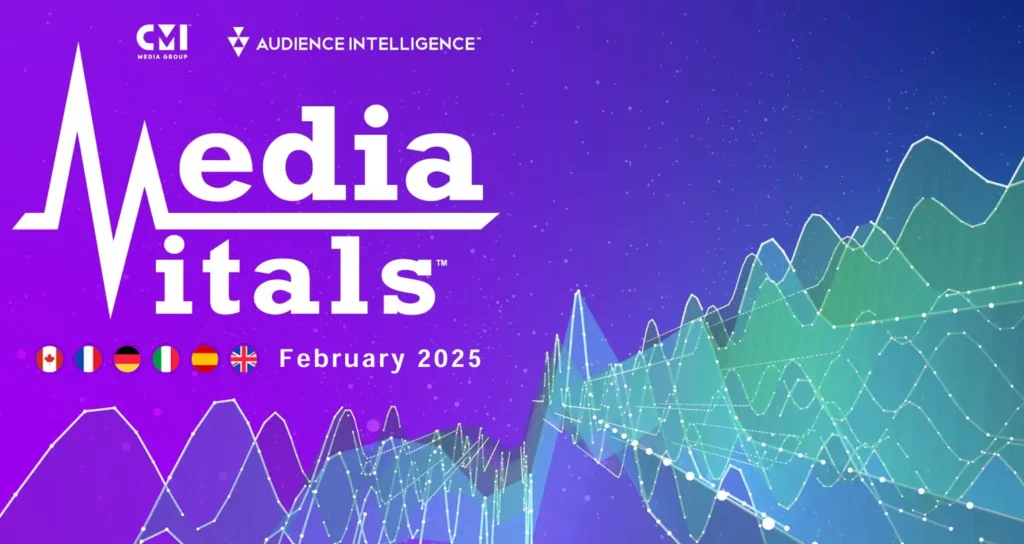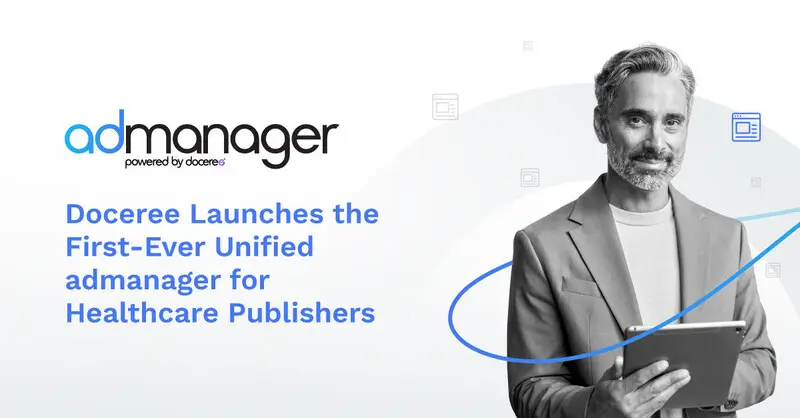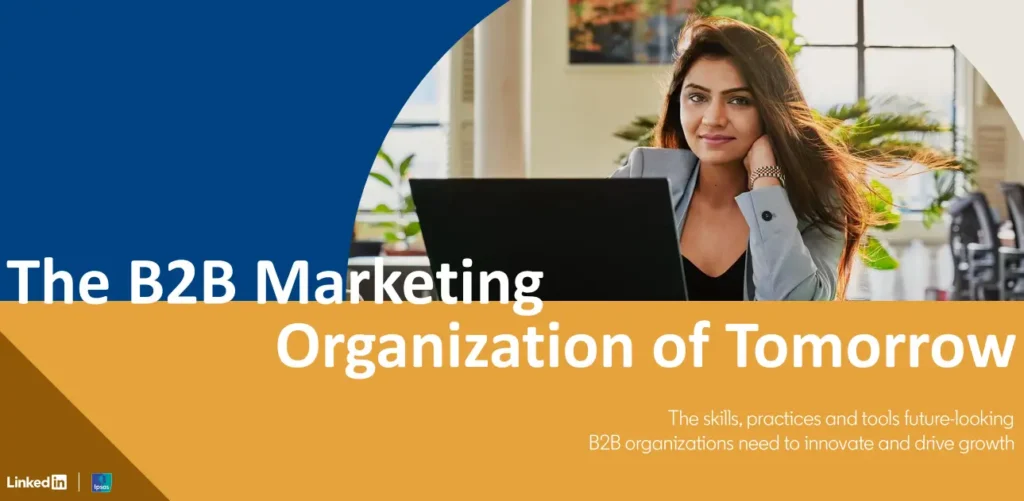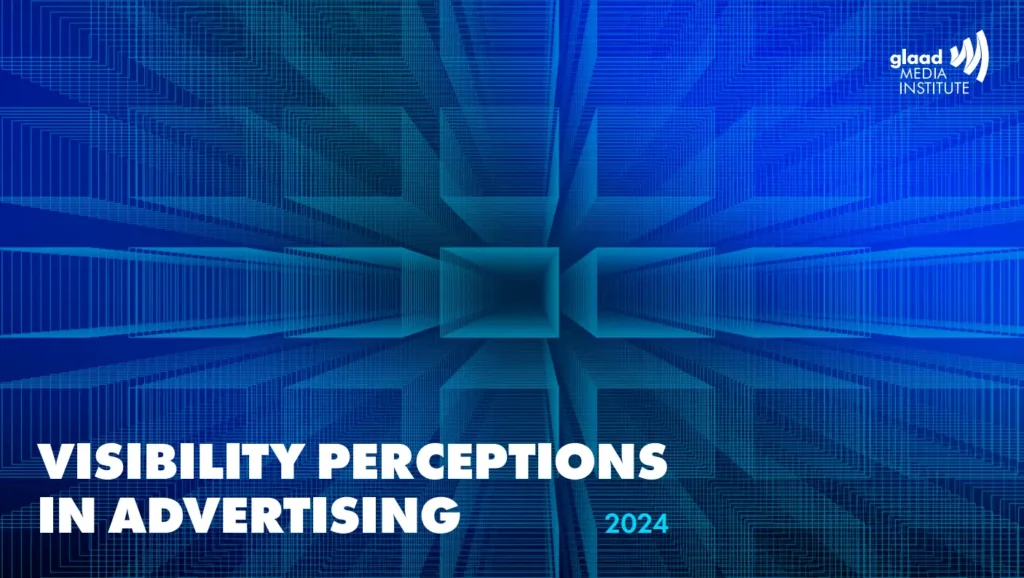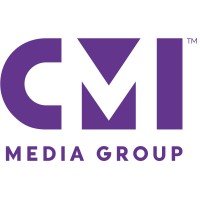Peering into the Programmatic Black Box: A Starter Guide for Pharmaceutical Marketers
An introduction to programmatic and how to choose your partners


Whether you’re a brand manager, publisher, agency professional, or part of a tech company in the pharma industry, this article is designed to demystify programmatic media and help you understand its potential.
If you’re new to programmatic advertising, this article will give you the essentials to understand and ask the right questions.
Over time, solli will be taking the community on a journey through programmatic learning to understand more about this crucial topic and become well-versed practitioners in this space.
What is Programmatic Marketing and Why Should You Care?
Tim Armstrong, former CEO of AOL and Yahoo, aptly said, “What can go programmatic will go programmatic.” But what does this mean for you and your work in pharmaceutical marketing?
Programmatic marketing automates buying digital ads, making it faster and more efficient than traditional methods. These traditional methods often involve lengthy proposals, tenders, and negotiations, followed by waits for performance data. In contrast, programmatic marketing leverages technology and machine learning to streamline the process, enhance targeting & performance, and ensure your advertising budget is spent effectively.
Instead of the traditional approach of purchasing ad space on specific websites and hoping to reach your target audience, programmatic marketing uses real-time data to target ads precisely where your audience is. This means no more wasted budgets on irrelevant audiences. You simply input your campaign details, target audience, and performance goals, and the technology handles the rest.
The Rise of Programmatic Marketing in Pharma
Programmatic marketing became mainstream for US pharmaceutical marketers around a decade ago. Today, it’s a standard practice for direct-to-consumer (DTC) and healthcare professional (HCP) focused campaigns. While adoption has been slower outside the US due to stricter regulations and market inertia, innovative companies now offer compliant programmatic solutions globally.
Programmatic marketing should be familiar for over-the-counter (OTC) pharmaceutical brands as it shares similarities with fast-moving consumer goods (FMCG) marketing, an early adopter of this technology.
However, HCP-focused programmatic buying has only recently gained traction outside the US, with new platforms making it more accessible.
Understanding the Black Box
If you’re new to programmatic media, the technology can seem like a black box, creating a perception of risk. But this doesn’t have to be the case. Understanding the basics and asking the right questions can help demystify the process.

Do You Really Care About What’s Inside the Black Box?
First, consider your approach to programmatic marketing. Are you looking for a hands-on role in media buying and optimization, or do you prefer a managed service that handles everything for you?
If it’s the latter, your main concern is performance. However, if you want more control and transparency, it’s time to delve into the details.
Inside the Programmatic Black Box
Programmatic platforms combine media supply & audience targeting data to deliver the right message to the right audience at the right time. Very basically, here’s how it works:
- Media Supply
In the early years of programmatic advertising, the marketplace wasn’t transparent or efficient. Many players operated on both the sell and buy sides, making margins by reselling each other’s inventory.
It wasn’t uncommon for an ad impression to pass through several resellers before being bought by a brand, with each reseller taking a cut of the advertiser’s budget. This inefficiency, often referred to as the “ad-tech tax,” was detrimental to both brands and publishers.
Significant improvements have been made to clean up the marketplace. Tools like ads.txt, sellers.json, and the supply chain object, along with best practices like Supply Path Optimization (SPO), have increased transparency. For example, The Trade Desk’s Gold Standard initiative champions these practices.
As a marketer, you should ensure full transparency in the media you are buying. Knowing exactly where your ads are appearing and who you are buying from is essential, especially for branded pharmaceutical activity.
You need to ensure your ads are shown to the right audiences on appropriate platforms and apps.
- Audience Targeting Data
Machine learning algorithms analyze vast amounts of data to make real-time decisions about ad placements. While the specifics of these algorithms are proprietary, understanding the data inputs is crucial.
Transparency is equally important for targeting data. Here’s what you should understand:
- Data Sourcing: How is the data sourced, and is it priced accordingly?
- Audience Data: Is the data first-party (publisher or platform data) or third-party (from a data aggregator)? Is it deterministic (based on known data points) or probabilistic (modeled data), or a blend of both?
- User Consent: Is appropriate user consent in place for the data to be used for targeted advertising?
- Cookies: Is the data activated by cookies or a cookieless solution? Given that third-party cookies are being phased out, it’s crucial to understand your partner’s strategies to mitigate this disruption.
- Contextual Data: How are contextual audience segments built? Are they based on specific keywords or more sophisticated logic enhanced by additional data signals?
Understanding these aspects helps refine your media buying strategy. Once aware of the various inputs feeding the programmatic machine, you can experiment, test different approaches, and hone in on the best results.
Never Lose Sight of Your Ultimate Goal
Your primary goal is to engage your audience and drive specific outcomes. Programmatic tools are just that—tools. The better you understand them, the more effectively you can use them to maximize your return on ad spend. Adopt a continuous cycle of testing, learning, and optimizing.
Also, don’t expect programmatic marketing to be cheaper. While it uses auctions, bidding too low will result in low-value supply. Instead, view programmatic as a way to increase efficiency and performance. Aim to buy fewer ads at a higher cost if they deliver greater value to you and your audience.

Selecting the Right Programmatic Partners
Choosing a reputable programmatic partner is essential. Here are some questions to guide your selection:
- Experience: Which brands and agencies have they worked with? Can they provide case studies?
- Supply Source: Do they have direct relationships with endemic channels?
- Technology: Is their technology proprietary or white-labeled? Is it designed for the pharma industry?
- Compliance: How do they ensure compliance with pharma marketing and data regulations?
- Analytics: Do they offer real-time reporting and analytics? How do they use these to optimize performance?
A good partner will explain their offering clearly and avoid unnecessary jargon. If they can’t explain it simply, they might not fully understand it themselves.
Embrace the Future of Programmatic Media
Programmatic media is now integral to pharmaceutical marketing and will continue to grow. Navigating this evolving landscape, understanding, and leveraging programmatic technology has become essential. By demystifying the black box of programmatic advertising, pharmaceutical marketers can unlock unprecedented efficiency, precision, and performance in their campaigns.
Stay informed, ask the right questions, and choose your partners wisely.
Gareth Shaw is the Global COO at Eskimi a full-stack programmatic advertising platform, and has led multiple organisations within the global pharmaceutical programmatic media space over the last decade.



